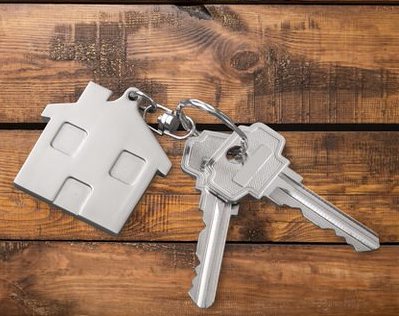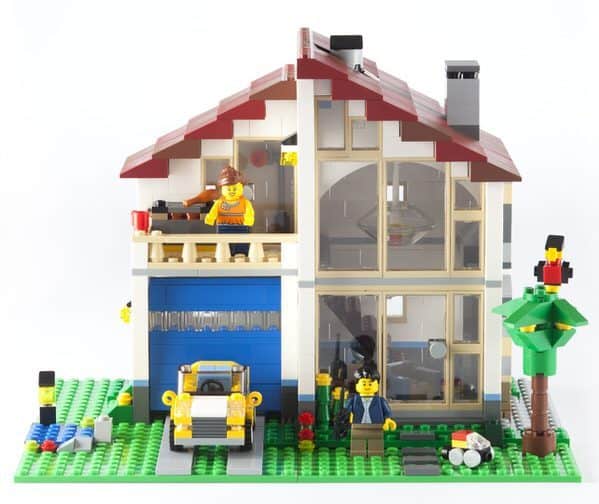Last week I went to San Diego for three intensive days of training to become a Certified Aging in Place Specialist (CAPS). The CAPS designation is conferred by the National Association of Home Builders (NAHB). Their coursework covered marketing, technical, logistical and design aspects of working with clients who want to age in place. I really enjoyed the courses and am thinking about how I might help people meet their goals of staying in their homes as they grow older.
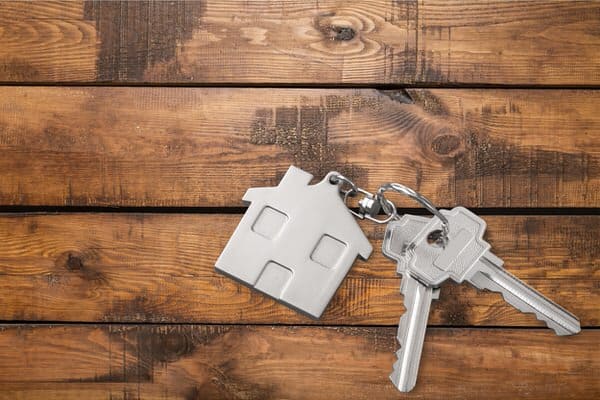
Differences between CAPS and USC HomeMods
I’ve posted previously on my experience with USC HomeMods curriculum, a 5-class series of classes you take online. I found the courses quite instructive, as they offered useful information on client relations, home assessment, funding, ethics and connecting with others in my community.
Certified Aging in Place Specialist training: in-person vs. online
The CAPS series complemented what I’d already done in the HomeMods classes. First, it used a different learning format, i.e., in-person instead of online. Our instructor, Fritzi Gros-Daillon, was engaging, and she encouraged lots of interaction to keep things lively and make sure she answered our questions. In addition, it was great to learn from the perspectives of others in my class.
The USC HomeMods classes also provided excellent content, and you could absorb it over a longer period of time — not just three packed days. But in the USC online classes, information flowed mainly one way – from instructor to student. You turned in assignments that the instructors graded, but there was little interaction among students.
CAPS has more nuts and bolts
This difference isn’t surprising – the NAHB sponsors the CAPS curriculum. Nuts and bolts are homebuilder specialties! If you take the USC HomeMods classes, there is less tactical information. But instead, you’ll get modules on funding and coalition building, which can be helpful as well.
The goal of CAPS training is to supply you with the tools you need to plan an aging in place business — whether that be in consulting, designing, furnishing specialized equipment, or as a contractor-builder.
I especially appreciated our instructor’s insights from her years of working as

Aging in place professional insights
I’d known the market for aging in place goods and service was large and expected to grow. It’s hard to ignore the statistics. To cite a few:
- Baby boomers are a force to be reckoned with:
- There are 77 million of them in the US
- 10,000 boomers turn 65 every day
- They control 70% of US disposable income
- Older people tend to be homeowners
- 70% of people in their 50s own their own homes
- 80% of people in their 70s do
- Our housing stock is old
- 2% of owner-occupied homes were built after 2010
- 40% were built before 1970
Segments in the aging in place market
Experts believe the market for aging in place technology alone will top $20 million by 2020. Home modifications include assistive technology, but they also involve straight remodeling. And low-tech products, too. The CAPS curriculum gave me helpful tools to think about how I might best get involved in this massive market.
To consider how customer needs differ, we considered several market segments for aging in place home modifications:
- Traumatic change. People for whom an accident or sudden diagnosis has resulted in special needs that might be temporary or longer term
- Progressive illness. People with a chronic health condition such as Parkinson’s, Multiple Sclerosis (MS) or ALS (commonly called Lou Gehrig’s Disease) that requires home modifications to enable aging in place
- No urgent needs. People who don’t yet need home modification but likely will need it at some point in the future
- Planners who are in good health but want to prepare for aging in place
- Procrastinators who won’t do anything until a health crisis forces a decision
I was grateful for this framework. It’s helped me think about the vast aging in place market and how I might serve part of it in my community.
Contracts, insurance, etc.
Another helpful aspect of the CAPS curriculum was its introduction to contracts, insurance, other concerns that
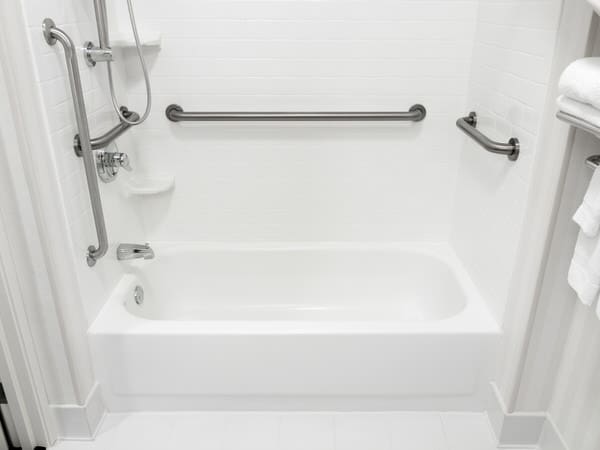
And your home needn’t look like a hospital! (unlike this photo)
Aging in place personal benefits
I know that my husband and I need to remodel our home at some point. It remains largely unchanged since 1958, when it was built. As I learn more about aging in place and universal design (define), I’m thinking about what we want to do to our own home.
Given the high cost of remodeling, my investment in CAPS training was worth the cost, even if I don’t develop an aging in place business. The knowledge I’ve acquired will help me ask questions and make decisions as we plan our own home modifications.
Aging in place topic immersion
I don’t often get three days to focus solely on one topic. Actually, I never get this – at least not for over 30 years, since getting married and having children! So it was really nice to experience three days when I had to answer only to myself and what I wanted to learn from these courses.
Sure, I had to make some calls and respond to a couple of “urgent” situations back home, but class rules regarding cell phones gave me the luxury of putting my phone on “Do Not Disturb” for most of the day. It was a great opportunity to stay in the moment and put all my attention on the new material and class discussion.
As someone who hasn’t traveled for business in years, I also relished the more mundane aspects of traveling on my own. I enjoyed staying alone in a hotel, eating when and what I wanted to eat, watching what I felt like watching on TV, and so on. Breaking out of my routine was a refreshing change of pace!

Aging in place positive energy
Not only did I absorb the optimistic outlook of our instructor and others in the class. I also made a “field trip” to a large store for Durable Medical Equipment (DME), All Home Medical Supply. It was great to see examples of things we’d talked about in class. But it was especially good to contrast the
Just check out the photos.
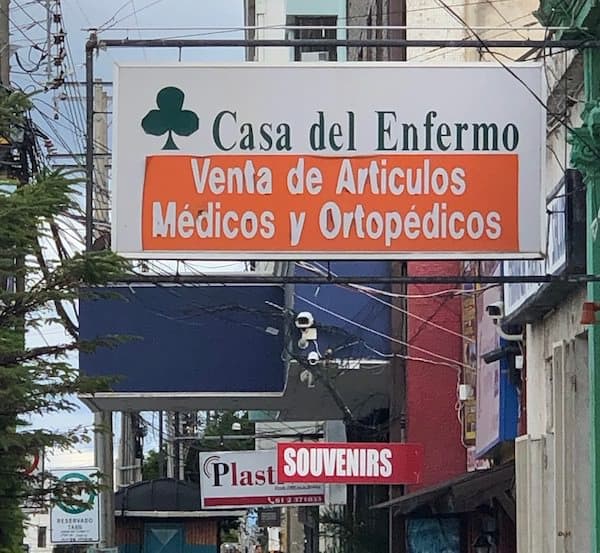
If I have to grow old and frail, I want access to the latest technology and equipment!
Lots to think about
The aging in place market is large and varied. I’m confident I could develop a niche practice in it. One that would help people meet their goals of staying at home for as long as possible. I might even be able to turn a profit.
But there are other commitments I need to consider. And of course, I also have to mull over competing options for how I might spend the next 10-20 years. But it’s exciting to think about these different opportunities!
I’m re-reading the “prototyping” section in Designing Your Life* (see this post). In addition to learning all I can from books, classes
I’ll keep you posted on my progress. Let me know what suggestions you have, too!
Images via: Shutterstock, Pixabay, AHR
